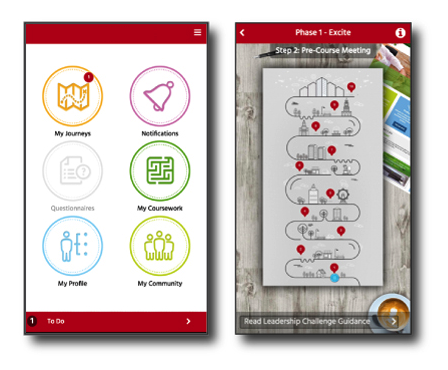Two things are non-negotiable in the battle to retain the best modern talent. Are you doing them both?
By Adam Henderson, Modern Workforce Expert
It’s hard to dispute that talent is a key driver of competitive advantage in many organisations, which is why so much emphasis is rightly placed on recruiting the best people. However, just as much emphasis, if not more, needs to put on retaining that talent after they’re recruited.
One of the key reasons for keeping employee retention rates high is that the cost to replace an individual can be significant. According to Oxford Economics, the typical cost of replacing an employee is estimated to be around £30,000 (US$39,000). This includes not only the cost of hiring, but also the loss in productivity and training. This number further increases the more senior the employee needing to be replaced is.
It’s also important to acknowledge that a certain level of employee turnover can actually be a good thing. As poor performing employees leave, new employees join and bring with them new ideas and a fresh perspective. Looking at employee turnover rates between 2008 and 2016, the industry average has been approximately 11%; however, it’s much more about who leaves your organisation rather than how many. In other words, you want to make sure that no-one in that 11% who leaves is among your highest performers as this will have a much larger impact on your business than a mid- low performer leaving. Unsurprisingly, it is often the most talented employees who are the ones with more options open to them, making it easier for them to leave when they are not happy, and in recent years it’s only got easier.
For example, employees now have the option of jobs coming to them instead of having to pro-actively look for them, simply by signing up for job alerts or, as they increasingly find, by being approached directly on LinkedIn by recruiters or hiring managers. As well as moving to the competition, talented employees are increasingly deciding to go freelance due to the growing number of online marketplaces they can advertise their services on. Many are also choosing to become entrepreneurs as the barriers to doing so being dramatically reduced with the rise of free online tutorials, tools, and crowdfunding all making it easier to set up a business.
So, with the increasing competition for talent, employers must do more to make sure they keep their best employees. But, what do these talented modern employees want from their career and what can you do to make sure you provide it to them?
1. Deliver strong Personal Development
The ability to learn and grow is vital to modern employees. Indeed, Deloitte reported in its 2016 survey that employees are 25% more likely to stay at an organisation for more than 5 years if their professional development needs are met. But what does this ‘personal development’ look like? It can take various forms, but it’s important to not purely provide standardised training courses for all employees as each employee has different developmental needs.
Therefore, adopting new and more individual ways for people to develop themselves is vital. For example, this could include access to a multitude of online training courses where employees can choose the ones they want to do based on their specific development needs and complete them at a time that is convenient for them. You could also provide interactive games for employees that facilitate learning in an engaging and fun way, while also tracking their progress throughout. Yet, no matter what options you decide, providing employees with a good level of personal development will significantly help in your battle to retain top talent.

Above: An example of an interactive learning game
2. Career Progression
Almost everybody wants to feel as though they’re adding value and making progress at work. However, in an organisation with lots of moving parts and the needs of lots of different people to consider, it’s sometimes difficult to give individuals the attention they need to make sure they realise this. In turn, this can leave employees feeling disengaged and more liable to leave.
This is where adequate career planning and talent management comes into play, through the use of employee journeys. Here an individual employee’s career progression can be managed strategically based on their level of performance and current position within the business. By mapping out the key stages of an employee’s career within your organisation, from their initial recruitment through to onboarding, team building, personal development, and role change, you can plan all the things that each employee will need to support them in their career progression. In doing so, employees will be able to see clearly that their organisation is proactively engaging with them, have a defined process to facilitate their career, and have a good understanding of how they’re going to be supported throughout. This approach will ease any worries employees have regarding their career progression and encourage them to stay with you longer.

Of course, retaining employees is not a one-size fits all formula, but addressing employee’s personal development needs and their career progression will go a long way in lowering your employee turnover. This in turn will significantly reduce your recruitment costs and improve your business performance by keeping the most talented employees working for you and not the competition.
About the Author
Adam Henderson is the founder of the Millennial Mindset, which helps organisations understand the behaviours of modern employees and adopt new ways of working. 3radical provide a range of solutions to enable organisations increase their employee’s personal development and use an innovative employee engagement platform to help them manage career progression.
